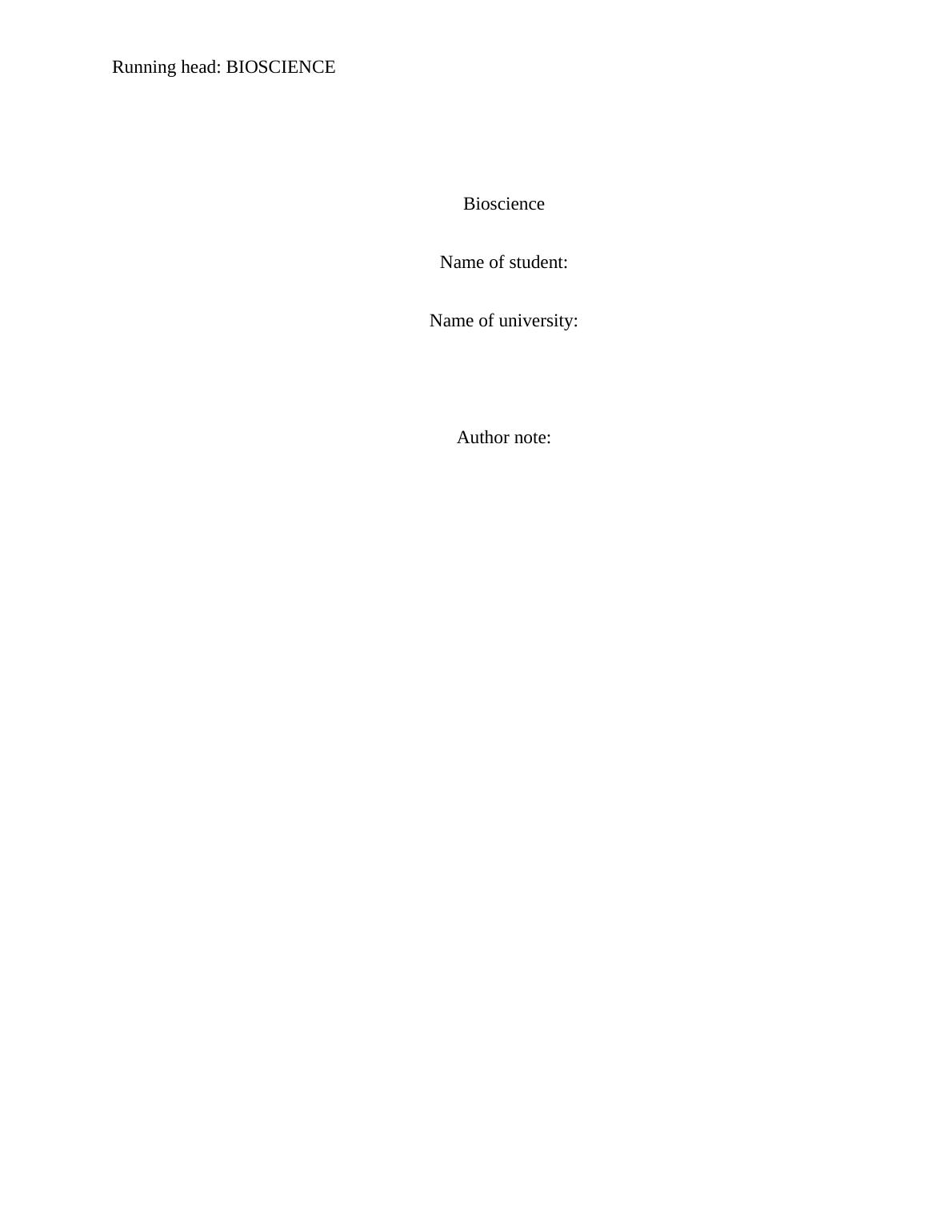Bioscience Assignment Questions and Answers
9 Pages1823 Words215 Views
Added on 2019-11-12
Bioscience Assignment Questions and Answers
Added on 2019-11-12
ShareRelated Documents
End of preview
Want to access all the pages? Upload your documents or become a member.
NURSING BIOSCIENCE Assignment
|7
|1557
|174
Nursing Related Questions and Answers
|8
|1683
|416
Tetanus | Answer to Questions
|6
|1573
|411
The Australian Immunisation Handbook | Study
|7
|2030
|118
Case Study on Tetanus Bacterial Infection
|6
|1991
|96
PHA7061-C - Cause of Tetanus - Question Answers
|9
|2348
|237



